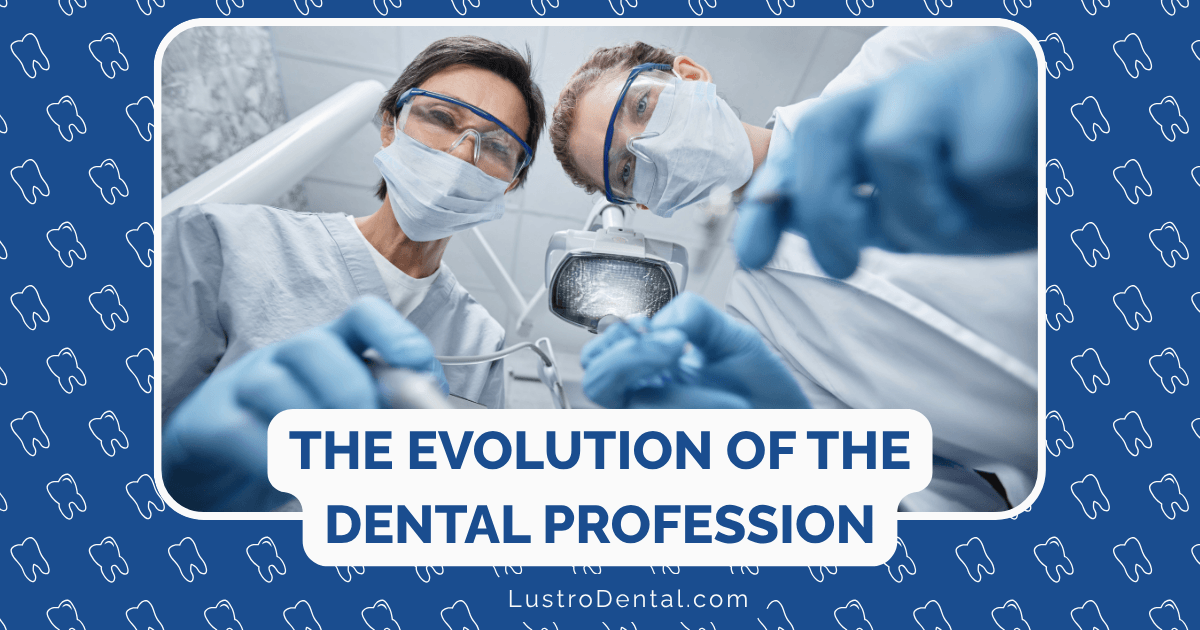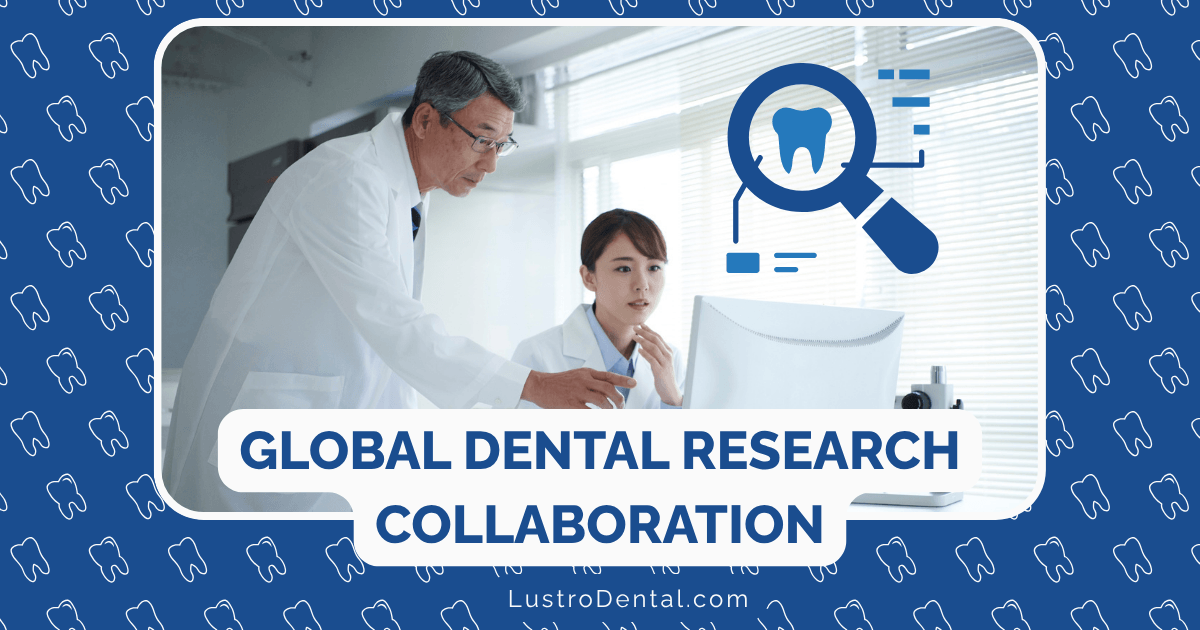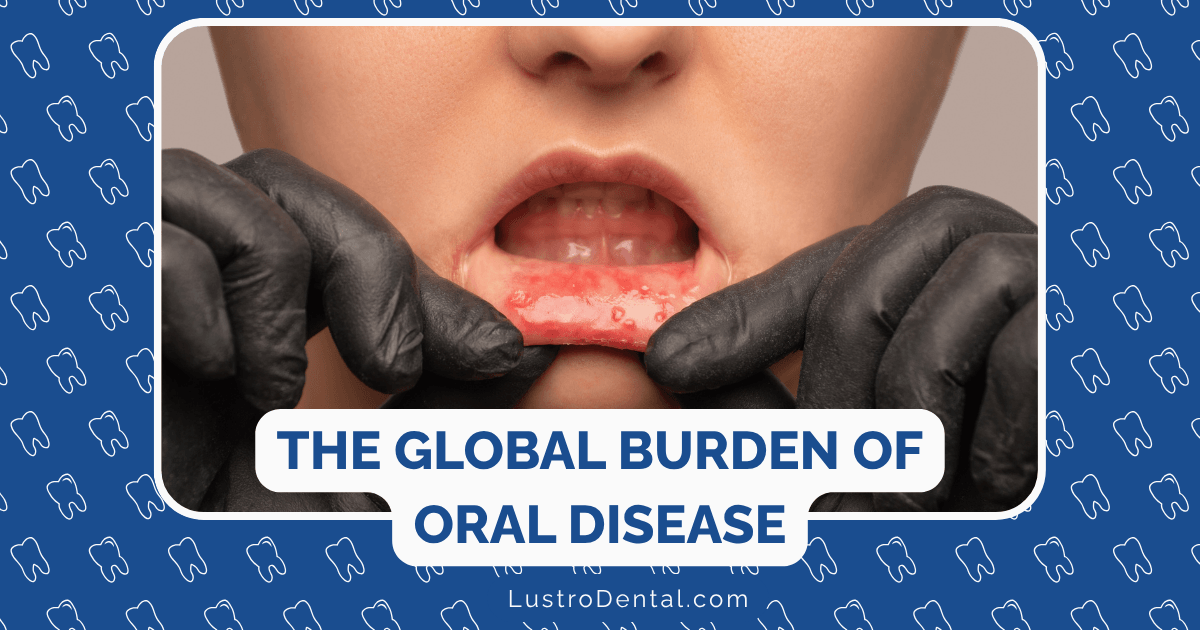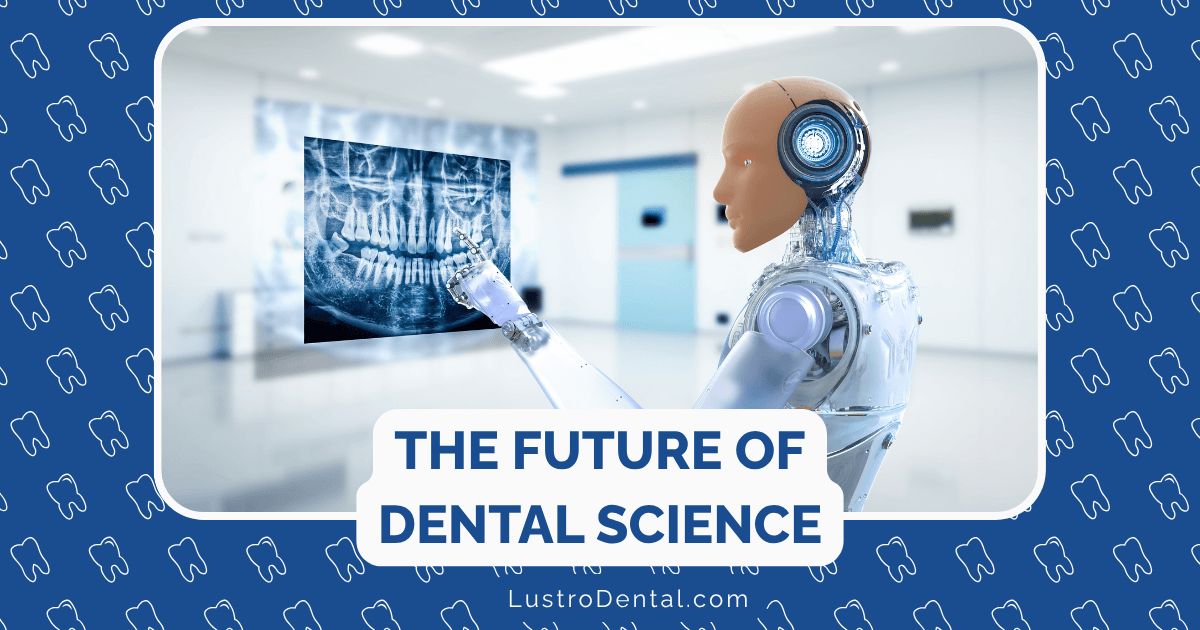From Barbers to Specialists: The Evolution of the Dental Profession

When you sit in a modern dental chair, surrounded by advanced technology and cared for by highly trained professionals, it’s hard to imagine that dentistry once belonged to the realm of barbers, blacksmiths, and even traveling charlatans. The journey from these humble beginnings to today’s sophisticated profession is a fascinating tale of innovation, determination, and an ever-growing understanding of oral health. Let’s explore how dentistry evolved from a crude trade to a respected healthcare specialty.
Ancient Beginnings: The First Dental Practitioners
The story of dentistry begins thousands of years ago. Archaeological evidence suggests that humans were attempting to address dental problems as far back as 7000 BCE in the Indus Valley Civilization, where bow drills—originally designed for woodworking—were repurposed to treat cavities.
The earliest written record related to dentistry comes from ancient Sumeria around 5000 BCE, describing “tooth worms” as the cause of dental decay—a belief that persisted for centuries across many cultures.
In ancient Egypt around 2600 BCE, we find the first named dental practitioner in history: Hesy-Ra, described in his tomb as “the greatest of those who deal with teeth, and of physicians.” The Ebers Papyrus, dating from approximately 1700-1550 BCE, contains references to dental ailments and remedies, showing an early understanding of oral health issues.
According to the American Dental Association, these ancient civilizations laid the groundwork for understanding oral health, even if their explanations were often based on superstition rather than science.
Medieval Times: The Era of Barber-Surgeons
The Middle Ages saw the emergence of barber-surgeons as the primary dental practitioners. This curious combination of professions has a fascinating origin: In 1092, Pope Cyril II of Alexandria invited barbers to groom priests and monks, and these barbers eventually took on minor surgical duties, including tooth extractions.
By 1210, a Guild of Barbers was established in France, formalizing their role in healthcare. The distinctive red and white barber pole we still see today originated during this period—the red representing blood, and the white representing bandages.
These medieval practitioners used rudimentary tools for tooth extraction:
- The “pelican,” a beak-like instrument used to grasp teeth
- The “dental key,” which worked like a corkscrew to remove teeth
- Crude pliers and forceps
Treatment was primarily focused on extraction rather than preservation, and anesthesia consisted of alcohol, if anything at all. Needless to say, a visit to the barber-surgeon was an experience to be feared and avoided until absolutely necessary.
The Birth of Modern Dentistry: The 18th Century
The 18th century marked a turning point for dentistry, largely due to the contributions of Pierre Fauchard, a French surgeon who is widely regarded as the “Father of Modern Dentistry.” In 1728, Fauchard published “Le Chirurgien Dentiste” (“The Surgeon Dentist”), the first comprehensive textbook on dentistry.
This groundbreaking work:
- Described the basic oral anatomy
- Outlined operative methods for removing decay and restoring teeth
- Introduced dental prosthetics
- Suggested ideas for tooth transplantation
- Presented orthodontic methods to straighten teeth
Fauchard’s work helped establish dentistry as a profession separate from general medicine and laid the foundation for scientific dental practices. He rejected the theory of “tooth worms” and recognized that acids from sugar led to tooth decay—a revolutionary concept at the time.
The 18th century also saw the development of the first specialized dental instruments and the introduction of the dental chair, making treatments more comfortable and efficient.
Formalization of the Profession: The 19th Century
The 19th century witnessed the formal establishment of dentistry as a recognized profession. In 1840, the Baltimore College of Dental Surgery opened its doors as the world’s first dental school, offering the Doctor of Dental Surgery (DDS) degree. This marked a significant shift from the apprenticeship model that had dominated dental training for centuries.
Other major developments during this period included:
- 1839: The American Journal of Dental Science began publication as the world’s first dental journal
- 1844: Horace Wells, a dentist, demonstrated the use of nitrous oxide as an anesthetic
- 1846: William Morton conducted the first successful public demonstration of ether anesthesia
- 1859: Twenty-six dentists formed the American Dental Association in Niagara Falls, New York
- 1866: Lucy Beaman Hobbs became the first woman to earn a dental degree
- 1869: Dr. Robert Tanner Freeman became the first African-American to earn a dental degree
- 1871: James Morrison patented the first electric dental engine, improving the efficiency of dental procedures
- 1895: Wilhelm Roentgen discovered the X-ray, which would soon revolutionize dental diagnostics
By the end of the 19th century, dentistry had established itself as a legitimate healthcare profession with its own educational institutions, professional organizations, and scientific literature. However, as noted by the NYU College of Dentistry, only about 60% of practicing dentists were dental school graduates at this time, with many still learning through apprenticeships.
The Scientific Revolution: Early 20th Century
The early 20th century brought a new scientific approach to dentistry, largely influenced by the 1926 Gies Report, dentistry’s equivalent to the influential Flexner Report that had transformed medical education in 1910.
William J. Gies, a Columbia University biochemistry professor, conducted a comprehensive study of dental education and published his findings in “Dental Education in the United States and Canada.” This landmark report:
- Emphasized that dental schools should be integrated into universities
- Advocated for higher admission standards
- Recommended standardized curricula with a strong scientific foundation
- Established dentistry as a healthcare profession rather than a mechanical trade
The Gies Report’s impact was profound and lasting. It elevated the status of dental education and set the stage for the modern dental curriculum that balances scientific knowledge with clinical skills.
The early 20th century also saw significant technological advances:
- 1903: Charles Land patented the porcelain jacket crown
- 1905: Alfred Einhorn formulated procaine (Novocain), revolutionizing local anesthesia
- 1913: Alfred C. Fones established the first dental hygiene school
- 1937: Alvin Strock inserted the first Vitallium dental screw implant
- 1938: The first nylon toothbrush with synthetic bristles was introduced
The Specialization Era: Mid-20th Century
As dentistry matured as a profession, specialization became increasingly important. The mid-20th century saw the formal recognition of dental specialties, with the American Board of Orthodontics becoming the first dental specialty board in 1930.
By 1950, eight dental specialties had been officially recognized:
- Dental Public Health (1950)
- Endodontics (1963)
- Oral and Maxillofacial Surgery (1947)
- Oral Pathology (1949)
- Orthodontics (1947)
- Pediatric Dentistry (1947)
- Periodontics (1947)
- Prosthodontics (1947)
This period also saw major public health initiatives that dramatically improved oral health:
- 1945: Grand Rapids, Michigan became the first city to add fluoride to its public water supply
- 1948: The National Institute of Dental Research was established
- 1950: The first fluoride toothpaste was marketed commercially
Perhaps the most transformative technological development of this era was the introduction of the high-speed air-driven dental handpiece in 1957, which replaced the slower, belt-driven drills and significantly reduced patient discomfort during procedures.
The Modern Era: Late 20th Century to Present
The late 20th century and early 21st century have been characterized by rapid technological advancement and a growing emphasis on preventive care and aesthetics.
Key developments include:
- 1960s: Dental implants begin to gain widespread acceptance
- 1970s: Four-handed dentistry becomes the standard, improving efficiency
- 1980s: Dental sealants are widely adopted for cavity prevention
- 1989: The first commercial home tooth bleaching product is marketed
- 1990s: Digital radiography reduces radiation exposure
- 1997: The FDA approves the erbium YAG laser for use on dental tissues
- 1997: Invisalign® clear aligners are invented, revolutionizing orthodontics
- 2000s: CAD/CAM technology enables same-day crowns and restorations
- 2010s: 3D printing enters dental practices
- 2017: The first robot-assisted dental surgery is performed in China
Today, dentistry encompasses 12 recognized specialties, with Dental Anesthesiology, Oral Medicine, Orofacial Pain, and Oral and Maxillofacial Radiology being the most recent additions.
According to research from the National Center for Biotechnology Information, the profession continues to evolve with:
- Integration of artificial intelligence for diagnostics and treatment planning
- Teledentistry expanding access to care
- Regenerative dentistry exploring ways to regrow dental tissues
- Increased focus on the oral-systemic health connection
The Changing Face of Dental Practice
Beyond technological advances, the structure of dental practice itself has undergone significant changes. In the early days, dentists typically worked alone in private practices. Today, the landscape is much more diverse:
- Group Practices: Multiple dentists sharing facilities and staff
- Dental Support Organizations (DSOs): Corporate entities providing business support to multiple practices
- Academic Dental Centers: Combining education, research, and patient care
- Public Health Settings: Focusing on underserved populations
The demographics of the profession have also transformed dramatically. What was once an exclusively male profession now sees women comprising nearly 50% of dental school graduates. Diversity in terms of race, ethnicity, and background continues to increase, though more progress is needed.
Dental Education: Then and Now
Dental education has evolved from informal apprenticeships to rigorous academic programs:
Early 1800s: Apprenticeship with practicing dentists 1840-1900: First dental schools established, but with minimal prerequisites Early 1900s: Post-Gies Report standardization of curricula Mid-1900s: Four-year dental programs become the norm Today: Four-year doctoral programs preceded by undergraduate education, with competitive admissions and comprehensive curricula integrating:
- Biomedical sciences
- Clinical skills
- Behavioral sciences
- Practice management
- Digital dentistry
- Evidence-based practice
The cost of dental education has also changed dramatically. In 1880, annual tuition at a private dental school was approximately $100. By 2023, the average dental school graduate carried a debt of $280,700, reflecting both the increased cost and value of dental education.
Looking to the Future
As we look ahead, several trends are likely to shape the future of dentistry:
- Personalized Dentistry: Treatments tailored to individual genetic profiles
- Minimally Invasive Techniques: Preserving more natural tooth structure
- Digital Workflow: From diagnosis to treatment delivery
- AI Integration: For diagnostics, treatment planning, and patient management
- Interdisciplinary Approach: Greater collaboration with medicine and other health professions
- Focus on Prevention: Shifting from treatment to disease prevention
The journey from barber-surgeons to today’s dental specialists represents one of healthcare’s most remarkable evolutions. What began as a crude trade has become a sophisticated profession that combines art, science, and technology to improve quality of life.
As noted by the American Dental Association, this transformation didn’t happen by chance—it resulted from the dedication of countless pioneers who pushed the boundaries of what was possible in dental care.
The next time you sit in a comfortable dental chair for a painless procedure, take a moment to appreciate the centuries of innovation that made modern dentistry possible. From ancient tooth worms to AI-guided treatments, the evolution continues—and the future of dental care looks brighter than ever.
What aspect of dental history do you find most fascinating? Share your thoughts in the comments below!







